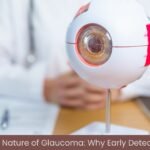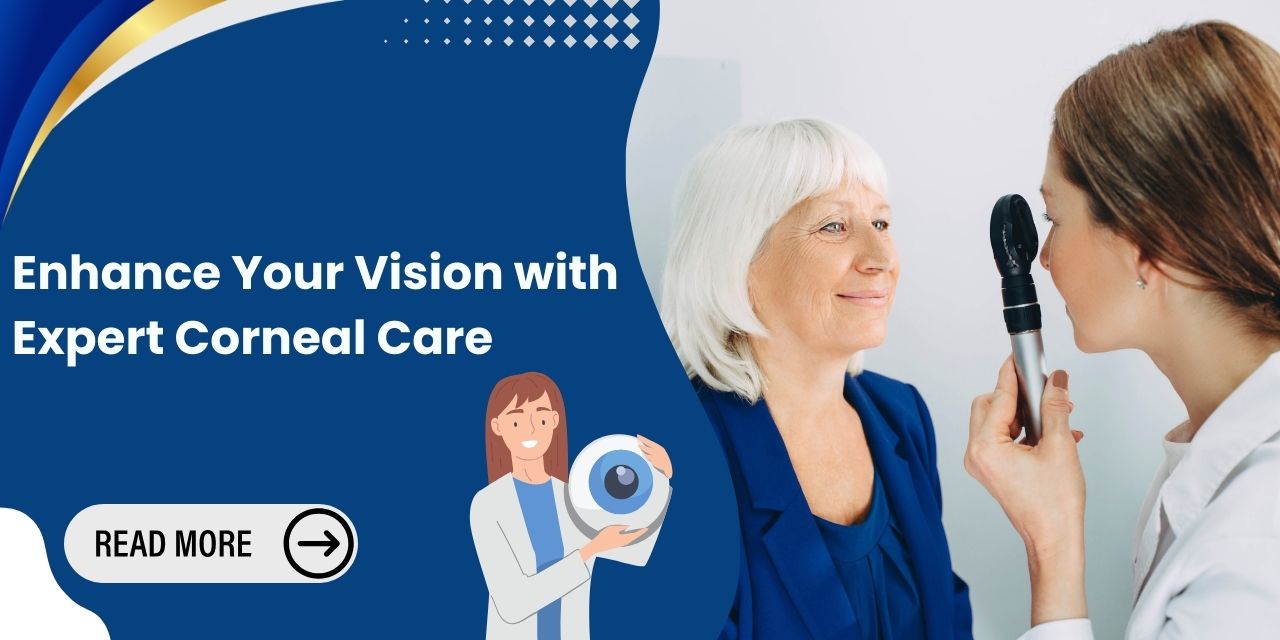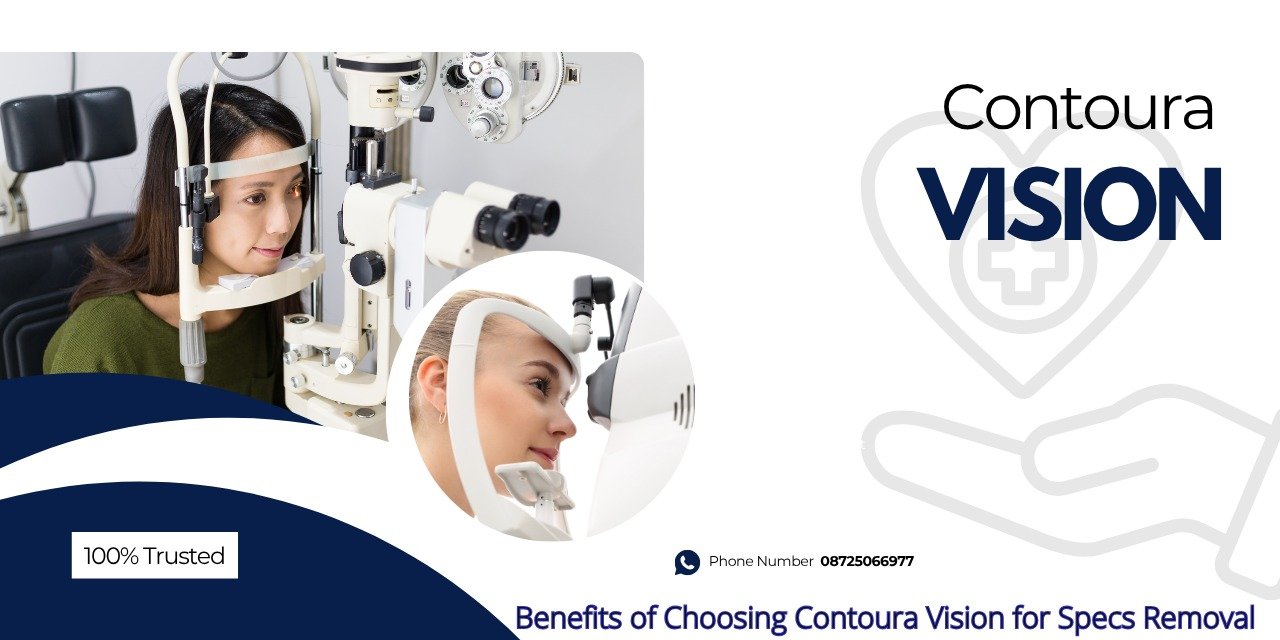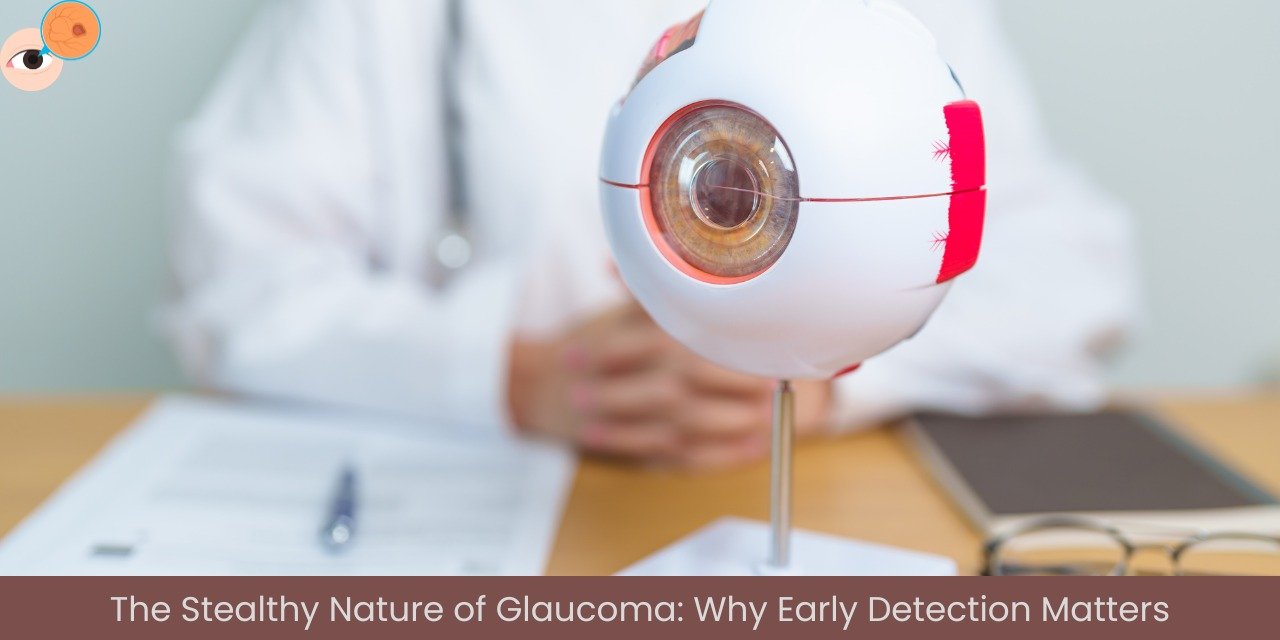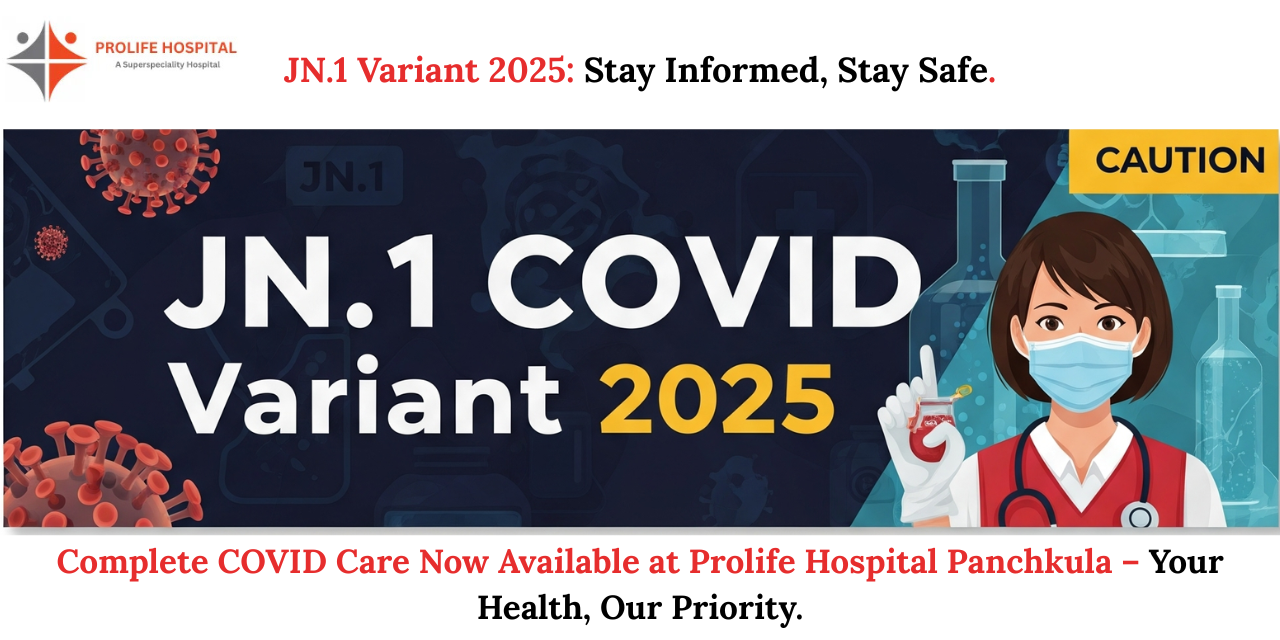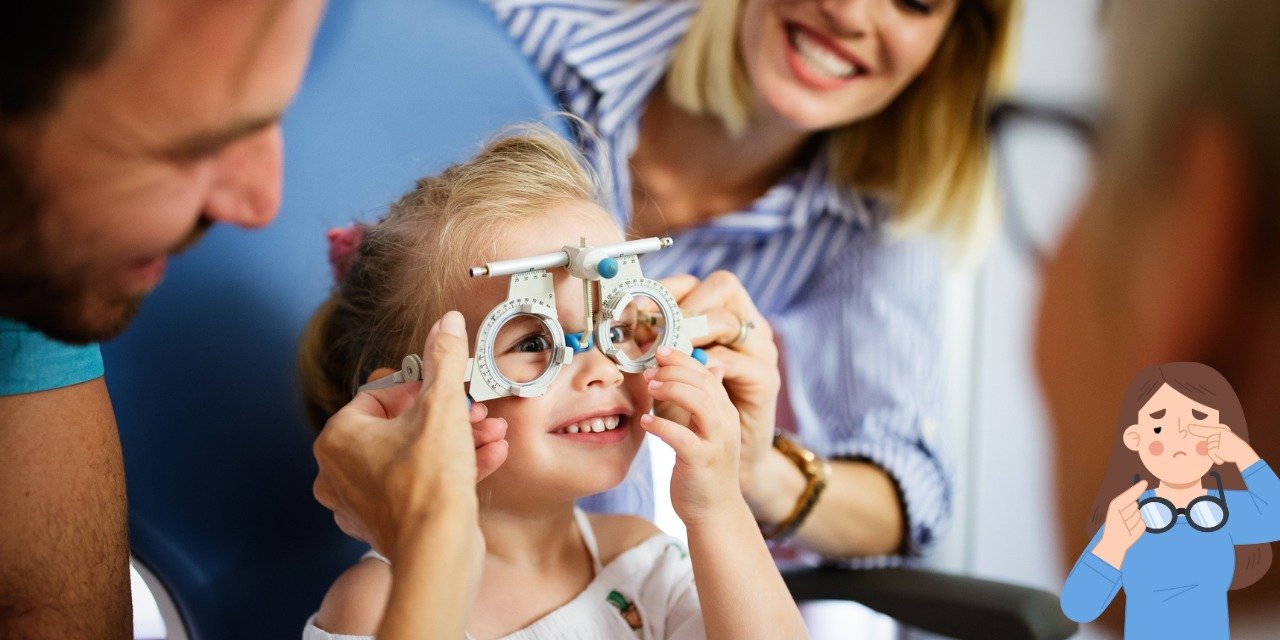The cornea, the transparent, dome-shaped surface at the front of the eye, plays a critical role in vision by refracting light and providing a barrier against harmful pathogens. Cornea diseases can significantly impair vision and overall eye health. Understanding their diagnosis and management is essential for preserving sight and enhancing quality of life.
Understanding Cornea Diseases
Cornea diseases encompass a range of conditions that can affect the cornea’s structure and function. Common corneal diseases include:
- Keratoconus: This condition involves a progressive thinning and bulging of the cornea, causing it to take on a cone shape. It often leads to distorted vision and can significantly impair visual acuity.
- Corneal Dystrophies: These are a group of inherited disorders where abnormal material accumulates in the cornea, affecting vision. Examples include Fuchs’ endothelial dystrophy and lattice dystrophy.
- Corneal Infections: Bacterial, viral, or fungal infections can cause keratitis, leading to inflammation and damage to the corneal tissue. Herpes simplex virus and acanthamoeba are common culprits.
- Corneal Trauma: Injuries to the cornea, whether from foreign bodies, chemical burns, or scratches, can disrupt its normal function and require prompt treatment.
- Dry Eye Syndrome: A condition where the cornea does not receive adequate lubrication, leading to discomfort and potential damage.
Diagnosis of Cornea Diseases
Accurate diagnosis of corneal diseases involves a combination of clinical evaluation and specialized tests:
➽ Patient History
The ophthalmologist will begin by gathering a detailed medical history, including any symptoms, previous eye conditions, or family history of corneal diseases.
➽ Visual Acuity Test
This basic test measures how well a patient can see at various distances. It helps determine the impact of the corneal disease on vision.
➽ Slit-Lamp Examination
A slit lamp is used to examine the cornea under high magnification. This allows the doctor to detect abnormalities, such as cloudiness or irregularities.
➽ Corneal Topography
This imaging technique maps the curvature of the cornea. It is particularly useful in diagnosing keratoconus and other corneal distortions.
➽ Pachymetry
This test measures the thickness of the cornea, helping diagnose conditions like keratoconus or assess the effects of corneal dystrophies.
➽ Corneal Culture and Sensitivity
If an infection is suspected, a sample of the corneal tissue may be taken for culture to identify the causative microorganism.
➽ Tear Break-Up Time
For diagnosing dry eye syndrome, this test measures how long it takes for tears to evaporate from the eye’s surface.
Management of Cornea Diseases
Management strategies for corneal diseases vary depending on the specific condition and its severity:
👉 Keratoconus:
- Glasses or Contact Lenses: Early-stage keratoconus may be managed with specially designed contact lenses that help correct vision.
- Corneal Cross-Linking: This procedure strengthens the corneal tissue by using riboflavin and ultraviolet light to prevent further progression.
- Corneal Transplant: In advanced cases, a corneal transplant may be necessary to replace the damaged cornea with a donor cornea.
👉 Corneal Dystrophies:
- Medication: Eye drops or ointments can help manage symptoms and reduce discomfort.
- Surgical Options: Procedures such as Descemet’s Stripping Endothelial Keratoplasty (DSEK) or penetrating keratoplasty may be recommended for severe cases.
👉Corneal Infections:
- Antibiotics or Antivirals: Depending on the infection type, topical or oral medications will be prescribed.
- Antifungal Treatments: For fungal infections, specific antifungal medications are necessary.
- Follow-Up Care: Regular follow-ups are essential to ensure the infection is resolving and to prevent complications.
👉Corneal Trauma:
- First Aid: Immediate care includes flushing the eye with saline and protecting it from further injury.
- Medical Treatment: Depending on the injury, treatment may involve antibiotics to prevent infection, pain management, and in some cases, surgical repair.
👉Dry Eye Syndrome:
- Artificial Tears: Lubricating eye drops can alleviate dryness and discomfort.
- Punctal Plugs: These small devices are inserted into the tear ducts to reduce tear drainage and keep the eyes moist.
- Lifestyle Changes: Increasing humidity, taking regular breaks from screen use, and staying hydrated can also help manage symptoms.
Conclusion
Cornea diseases can significantly impact vision and quality of life, but with prompt diagnosis and appropriate management, many conditions can be effectively treated. Regular eye exams and timely intervention are crucial for maintaining corneal health and preventing serious complications. For those seeking expert care, Dr. Pardeep Gupta at AM Eye Hospital offers some of the best eye treatments in Panchkula. With advanced diagnostic tools and a range of treatment options, Dr. Gupta and his team are dedicated to providing top-notch care for all corneal conditions. If you experience any changes in vision or eye discomfort, do not hesitate to consult with a specialist to receive the highest standard of eye care.To get more information please contact us on: +919418450221







